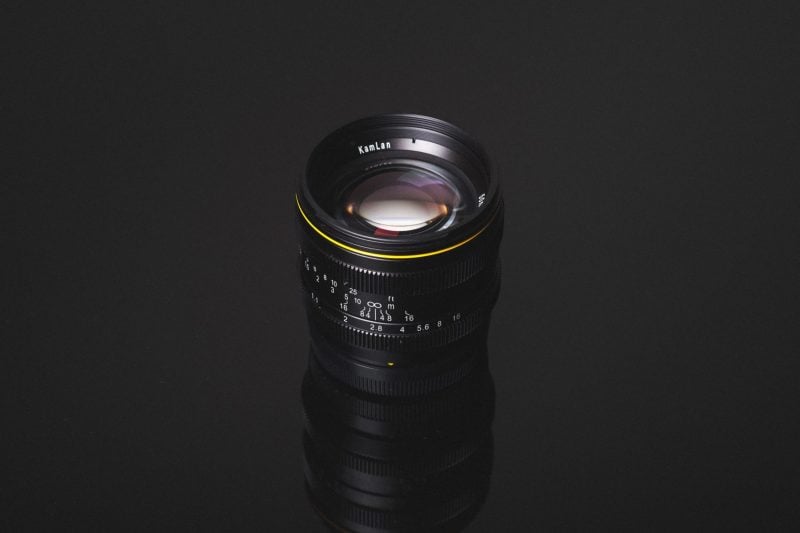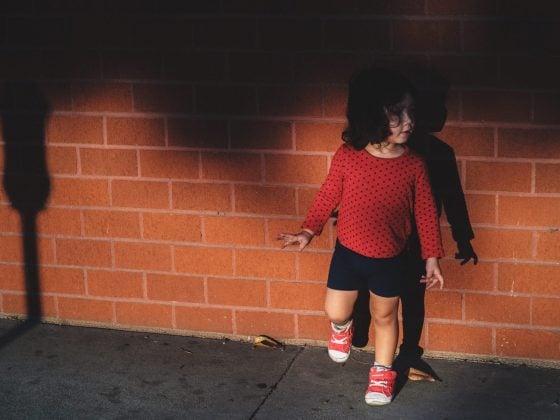The KamLan 50mm f1.1 lens is a fast manual focus lens by Kamlan for mirrorless cameras. It’s designed as a very inexpensive specialty lens with an extremely shallow depth of field and buttery smooth bokeh. The f1.1 aperture with 12 circular aperture blades achieves this.
Its simple design and low element count make this lens shoot and behave more like a retro lens with extreme characteristics than a modern lens designed for corner-to-corner sharpness and aberration control.
For example, the Fujinon 56mm f1.2 has almost twice the element count, which corrects most of the aberrations and corner softness by incorporating a double-sided aspherical lens and two ED lenses. While this is great for overall image quality, micro-contrast and color rendering suffer slightly.
However, it’s not always about element count. Even though the Kamlan 50mm f1.1 has fewer elements, it behaves much worse in most situations due to inferior glass and coatings – More on this later.
The Kamlan 50mm also doesn’t have any aspherical or ED lenses like most modern lenses, and because of this, it has issues with chromatic aberrations and corner softness. Unlike many older lenses, it does have much better multi-coatings with good control over basic flaring, but it still pales in comparison to a modern Fujinon or Zeiss lens.
There is a version II of this lens that’s a different class of lens, which I really like. See that review here: Kamalan 50m f1.1 II Review
KamLan 50mm f1.1 Lens Stats
Focal Length: 50mm equivalent to 75mm
Aperture Blade: 12 circular aperture blades
Elements: 5 elements in 5 groups
Coatings: High-quality multi-coating
Focus: Manual
CPU Contacts: No
Pros: Very shallow depth with great bokeh – Decent contrast (in the right conditions) – Good saturation – Low barrel distortion – Good build quality
Cons: Bad chromatic aberrations wide open – Mild vignetting – Mostly only sharp in the center until about f5.6 – No CPU contacts – Poor performance in very bright environments
Sainsonic KamLan 50mm f1.1 Fujifilm X-Mount – Amazon
Sainsonic KamLan 50mm f1.1 Sony E-Mount – Amazon
Sainsonic KamLan 50mm f1.1 Canon M-Mount – Amazon
B+W UV Filter 52mm – BHphoto
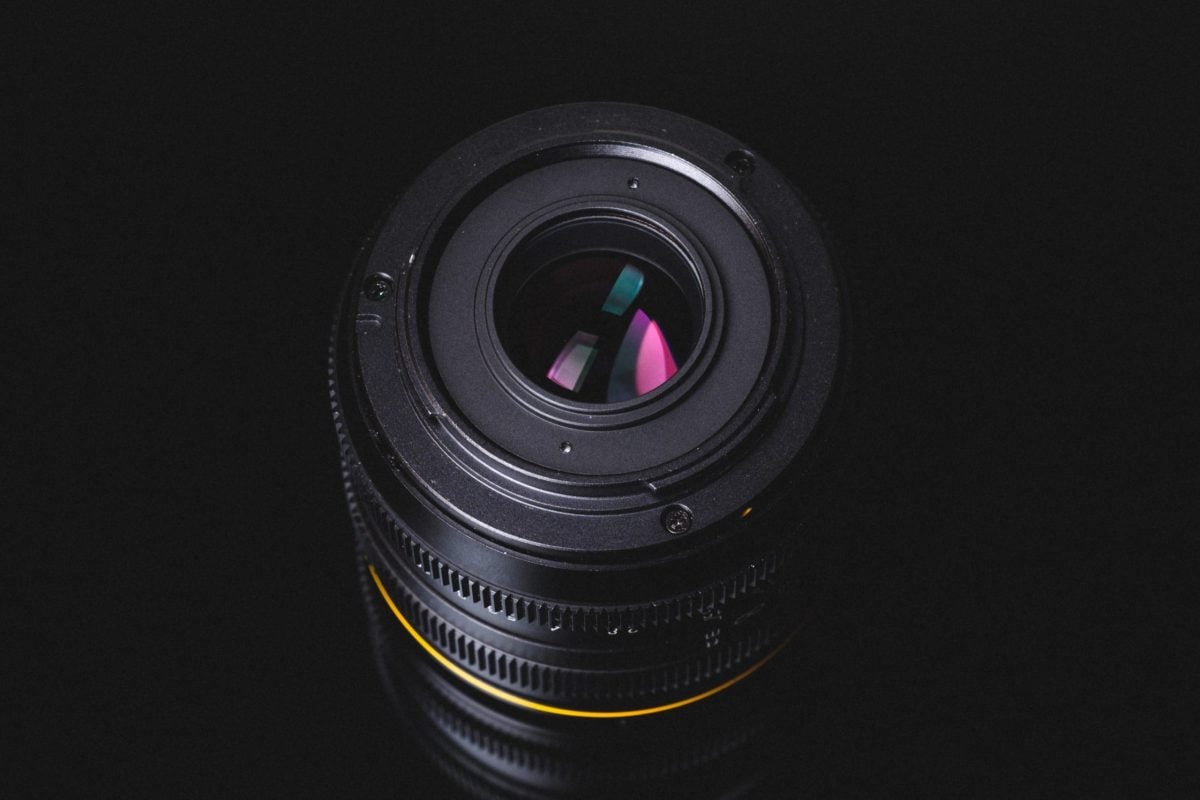


Kamlan 50mm f1.1 Review | First Impressions


The Kamlan 50mm f1.1 is a decent lens for the price. Because of the 12 circular aperture blades, it has buttery smooth bokeh and extremely shallow depth. The lens also keeps some nice sharpness even when wide open at f1.1, but mostly only in the center. It’s a little tough to focus when at f1.1, but it’s very doable with portraits and still objects.
The focus has a far throw, so getting precision is easy. A full 180-degree turn will take you from infinity to its closest focus, so you can usually find the focus without needing to take your hand off the focus ring. However, sometimes, if you go from close to infinity, you will have to adjust your grip and keep turning that focus ring.
I’ve found skin tones to shift towards pink when shooting people with fair skin. Of course, I usually heavily process and correct my photos, so it’s not much of an issue. There is some vignetting and loss of sharpness towards the edges when wide open. The colors render very nicely even when wide open (except for the slight pink/purple color shift), but there are a series of issues with chromatic aberrations – see the shot below.
This lens’s fun is shooting wide open or close to it. It’s challenging, but the circular 12-blade aperture creates some nice bokeh and very shallow depth.


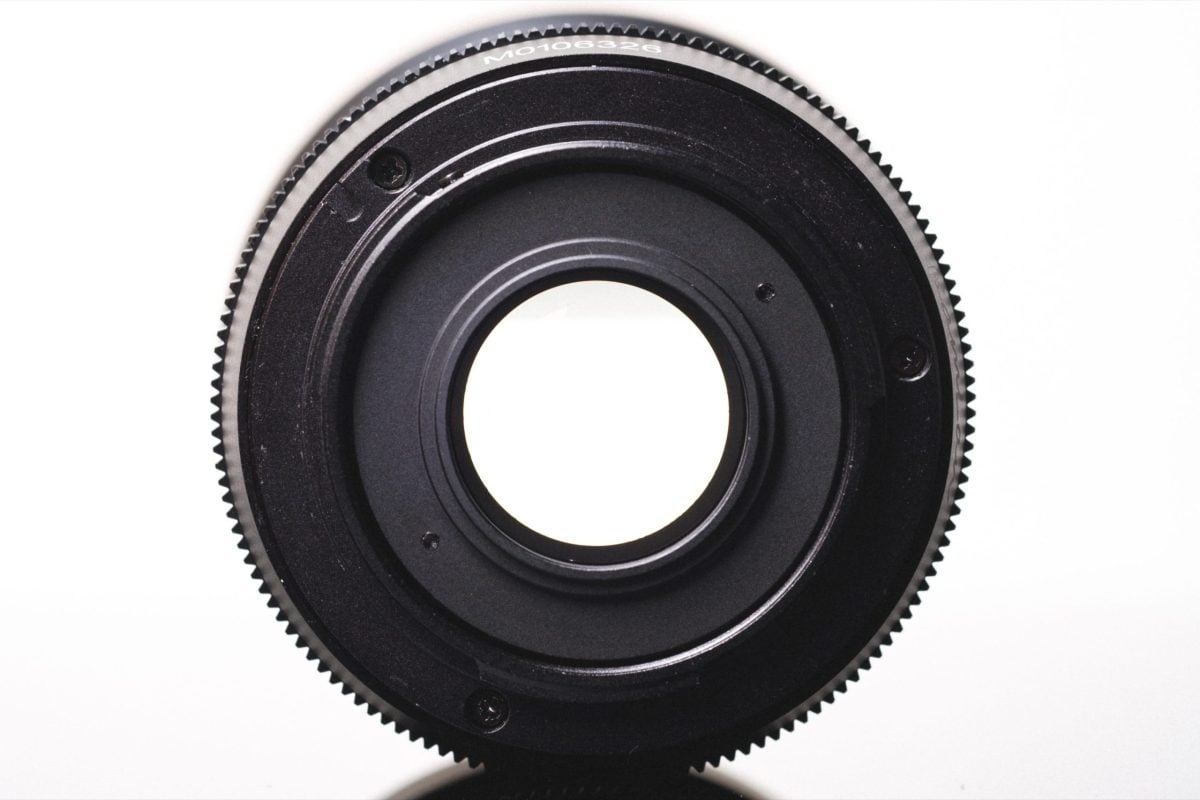
This lens has decent contrast and color rendering under somewhat calm lighting. However, I’ve been using this lens more regularly and getting some inconsistent results. The lens seems to suffer in very bright scenes, like when it’s slightly hazy out and light is scattering everywhere. In these situations, contrast and micro-contrast suffer, and images just turn to crap. This could be from poor glass chemistry or inferior internal element coatings that cause light to scatter, reducing transmittance and overall fidelity.
You can see what I’m talking about in this first shot compared to the second, and even the second shot is still underperforming.


Because of this inconsistency and sensitivity to bright scenes, the lens is a bit difficult to use as a walk-around everyday lens. The image just falls apart.
Stopping down to f4 or f5.6 yields the best results in terms of contrast, even wide open when carefully used in the right situations, it can be a very fun lens for street, portraits, or black and white photography and it ultimately has some decent pop. Nothing like a Fujifilm lens, but you do get a lot for your money with this one.
When it comes to overall performance in terms of straight-up sharpness, color, contrast, and micro-contrast, I prefer it to the Helios 44-2 or Industar 50-2 in this regard. Or even the new 7Artisans 55mm f1.4, which is fast enough while producing much better results for the same price. Review coming soon.

Build Quality
The focus and aperture rings are nice. They are firm but smooth, so you won’t accidentally change focus or aperture, and they have a nice grip. The aperture ring is de-clicked, so you get very smooth transitions when changing the aperture when shooting video.
It’s a great lens for video because of its size, weight, and build quality.
It has a very nice, almost Satin finish. It’s built of thin aluminum and doesn’t feel light or cheap like your typical Sony lens; for example, the Sony 50mm f1.8 feels like a cheap toy – although I do like that lens, too.
The plastic lens hood is very secure but somewhat hard to get on and off. For the first few days of owning this lens, I thought the hood was permanently attached. Needless to say, it doesn’t rattle and isn’t loose like with a lot of Fujifilm and Rokinon lenses—my biggest pet peeve.
The rear lens cap also stays firmly fixed to the lens, unlike Rokinon and many Fujifilm lenses, where you open your camera bag only to find your rear cap has come loose, possibly scratching the rear element.
The lens cap feels a little bulky and cheap, almost like it came out of a consumer 3D printer, but it works and fits.
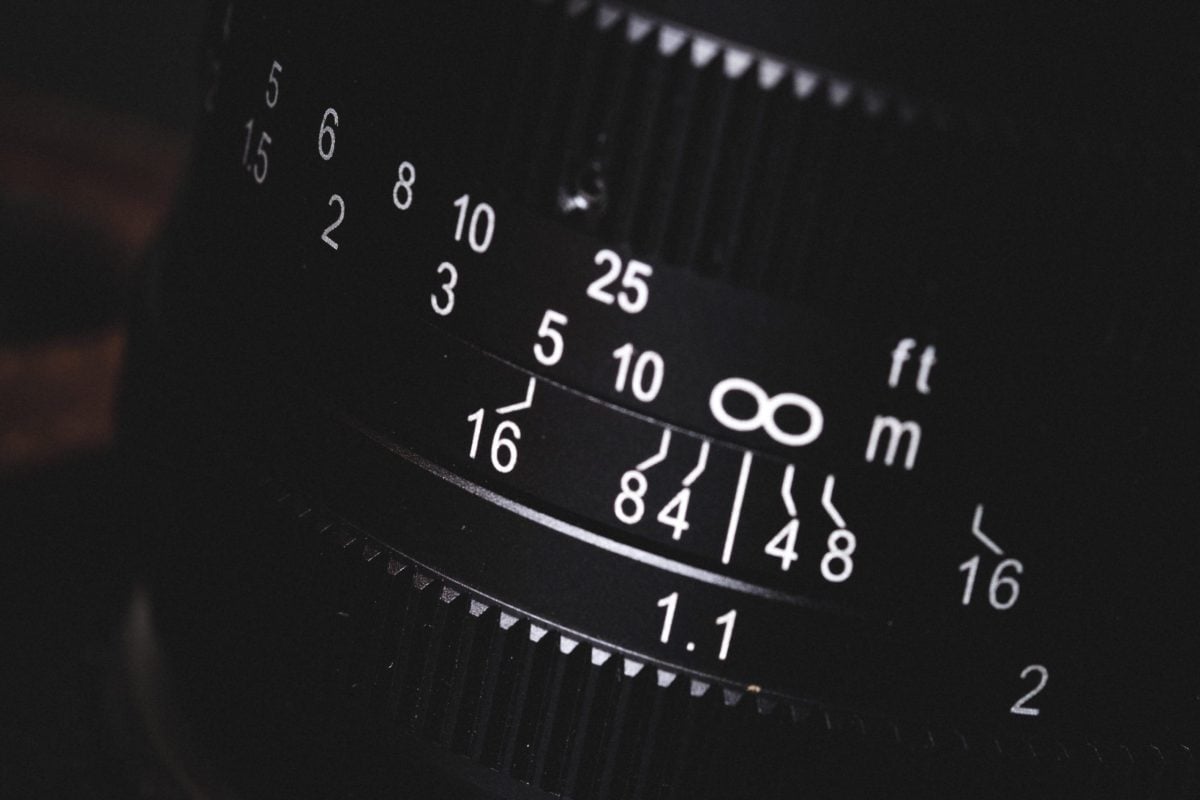
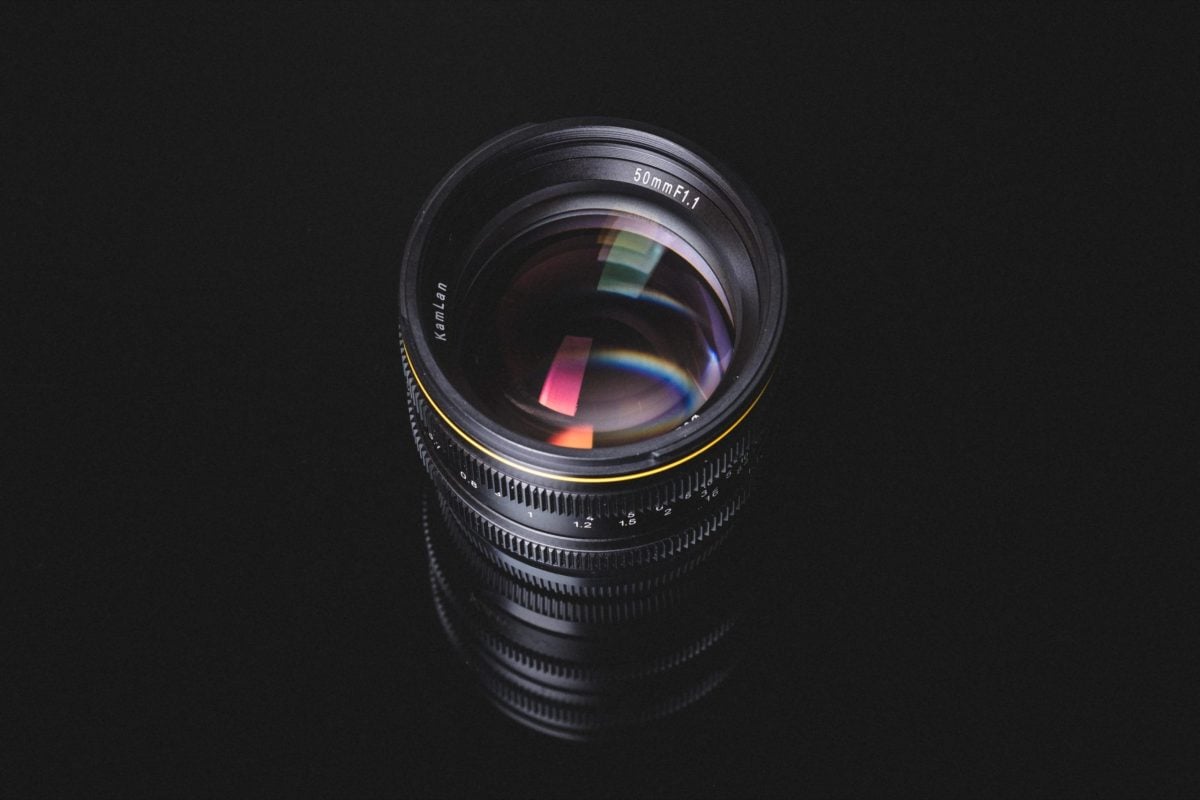
The Kamlan lens is a nice Fujifilm X-Mount lens, but it’s also a nice Sony APS-C E-Mount lens or Canon M-Mount lens. The quality on either camera system will be the same.
My sample photos here are shot with the Fujifilm X-Pro 2 and the Fujifilm X-T2 but expect to see the same characteristics when shooting with Sony or Canon mirrorless cameras.
You can also get Kamlan 50mm f1.1 as a Micro Four Thirds Lens, but because of the Micro 4/3 crop factor, it will give you an equivalent field of view of a 100mm lens. On an M43 camera, this crop will disappear most of the severe problems with edge and corner sharpness, so it’s actually a really nice option for M43 shooters.

Is this a must-have lens?
Only if you want to mess around with a super shallow depth of field will this lens produce some nice characteristics with good build quality. Plus, shooting at f1.1 is a lot of fun! This lens also has only 5 elements, allowing it to produce nice contrast in the right situations.

High-quality lenses can get away with more elements to some extent, like Nikon and Fujifilm with their ED glass. Still, they use these extra-low dispersion lenses with a composition of lanthanum dioxide, zirconium dioxide, cesium fluoride, or titanium dioxide. Older retro lenses would use radioactive thorium or lead to help light transmittance. This lens seems like it uses lower-quality glass, so even though it has fewer elements than a Fujifilm, it doesn’t compare when it comes to overall rendering and image fidelity.
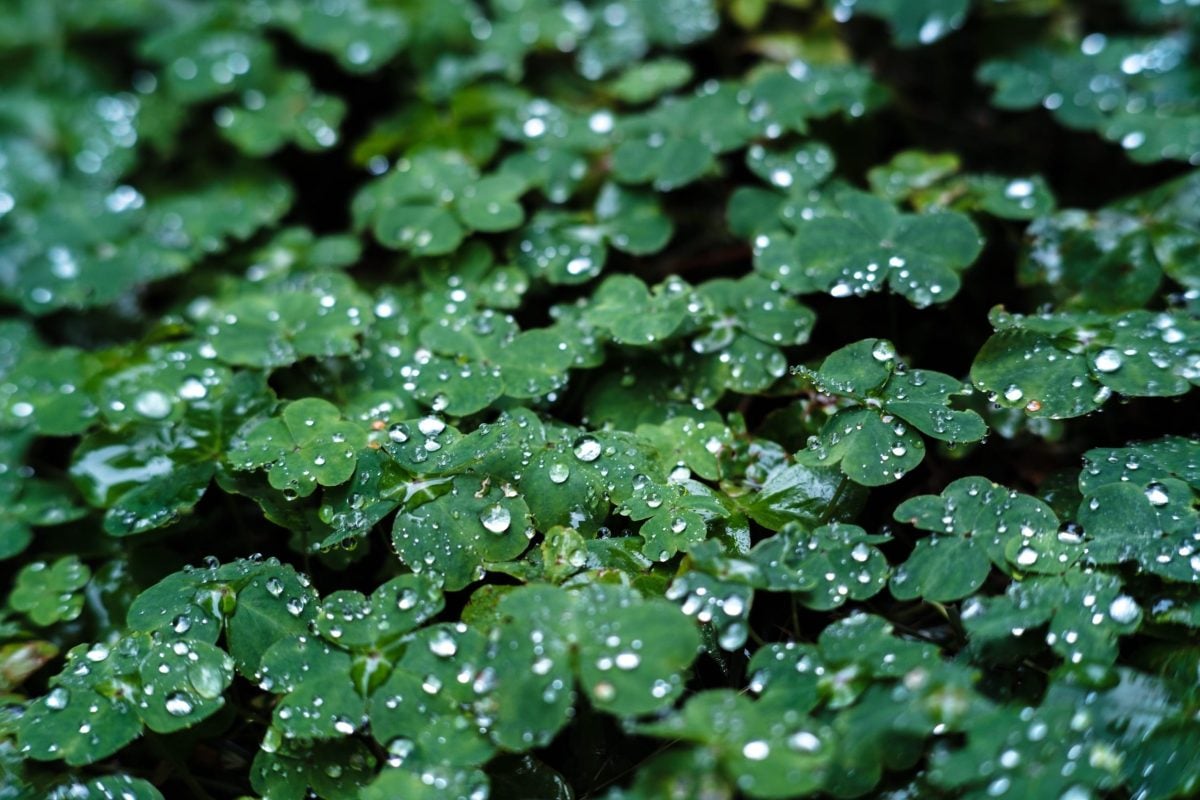
This lens doesn’t use advanced elements or composite (that I know of), so it has a low element count, decent contrast and color, but tons of chromatic aberrations.
More glass or low-quality glass with poor coatings = less contrast and saturation. That’s why everyone loves the Industar 50-2, or the Jenna Tessar, they are 4 4-element lens. The advantage of some of those retro lenses is that they are designed for 35mm cameras, so the APS-C crop of Fujifilm cameras cuts out most of the edge and corner flaws. On this lens, you just have to deal with the bad corners. Which is fine, right? You’re not framing your model’s face in the top left corner.
The KamLan is worth considering for photographers who like having fun with old-school gear with very shallow depth, but really, that’s about all you get.

Sharpness
Sharpness is nice in the center, but it’s pretty pathetic along the edges and corners until about f5.6 and f8. The corners never really get sharp. You could focus on the edges, but your center would be sharp. The sweet spot in terms of contrast is around f4-f5.6, after f8 diffraction kicks in and the image overall begins to lose quality, although you will have increased depth of field at higher apertures which can help sharpness in those edges and corners.
I shot these tests about 5 feet from the brick wall.
If the gallery thumbnails get in the way, you can download each sample. There will be an option at the top, or you can push ESC to make it go away.
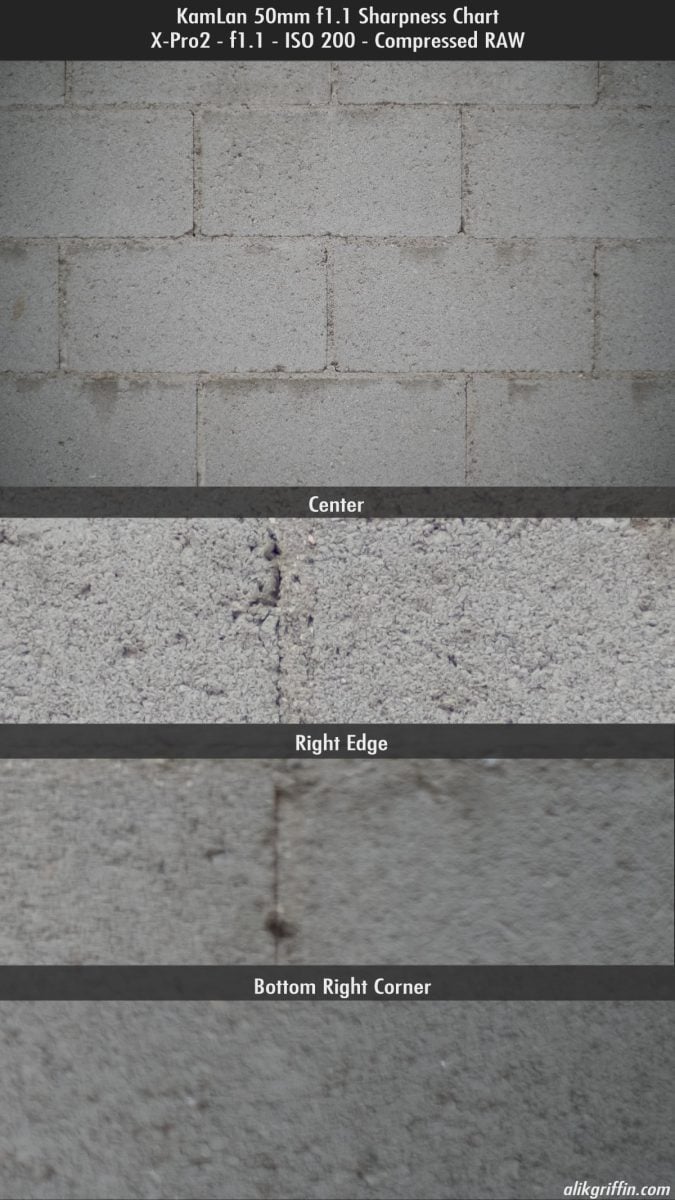

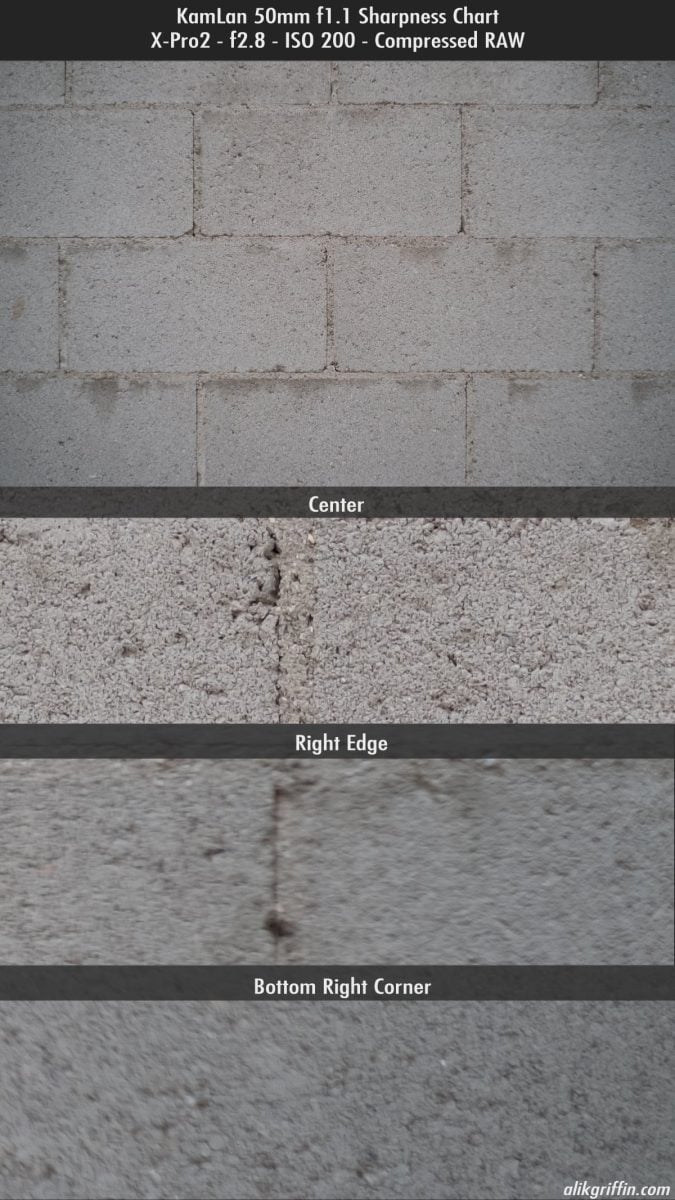
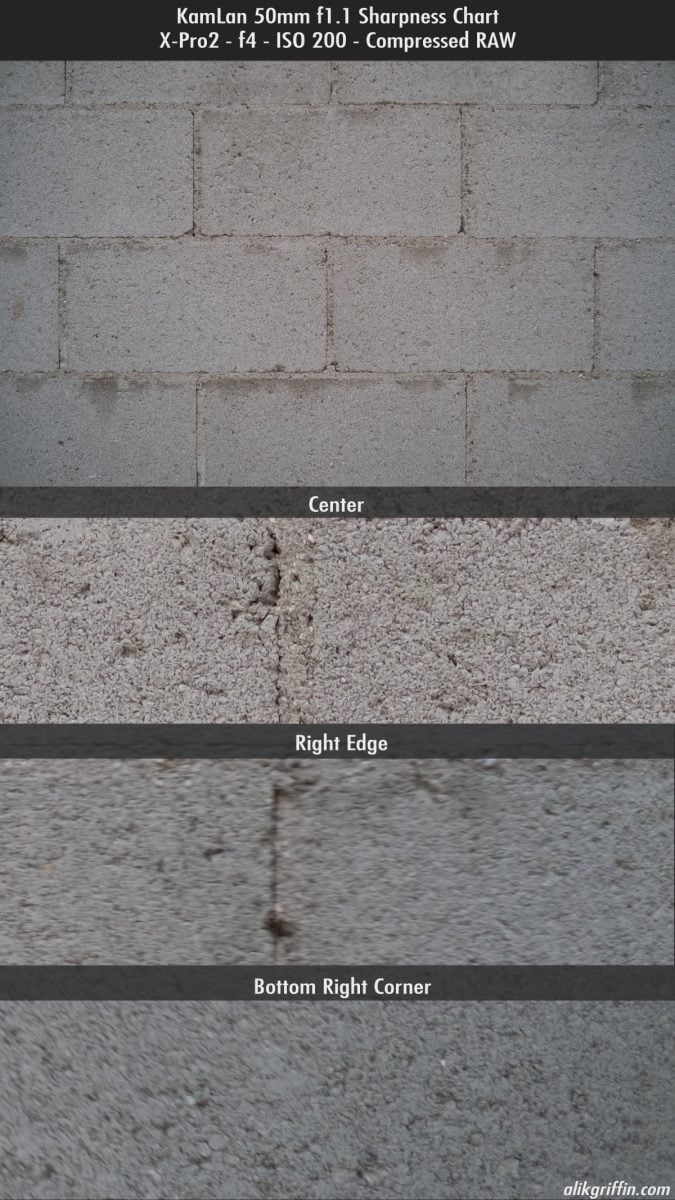
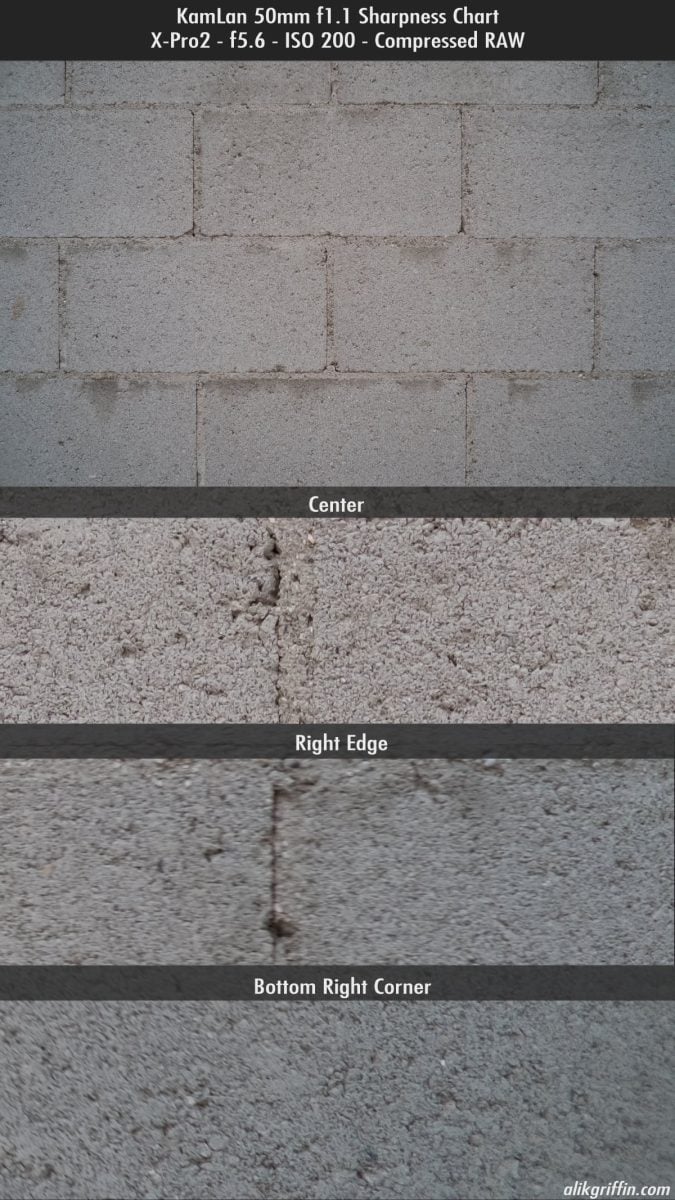
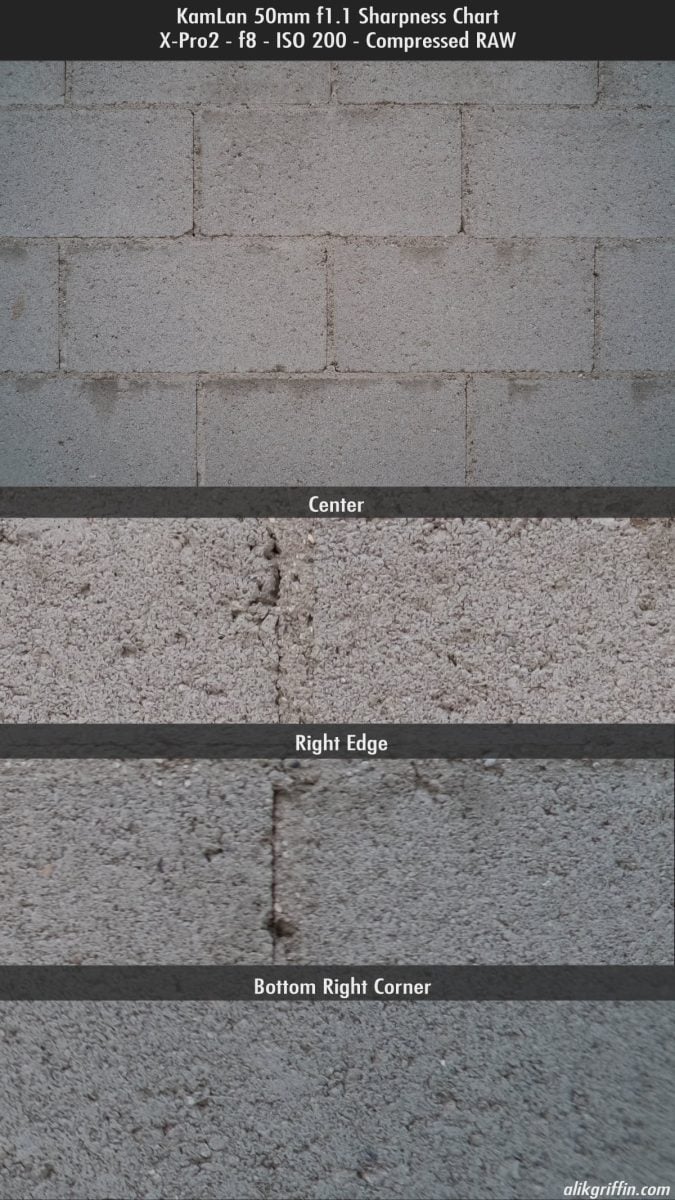
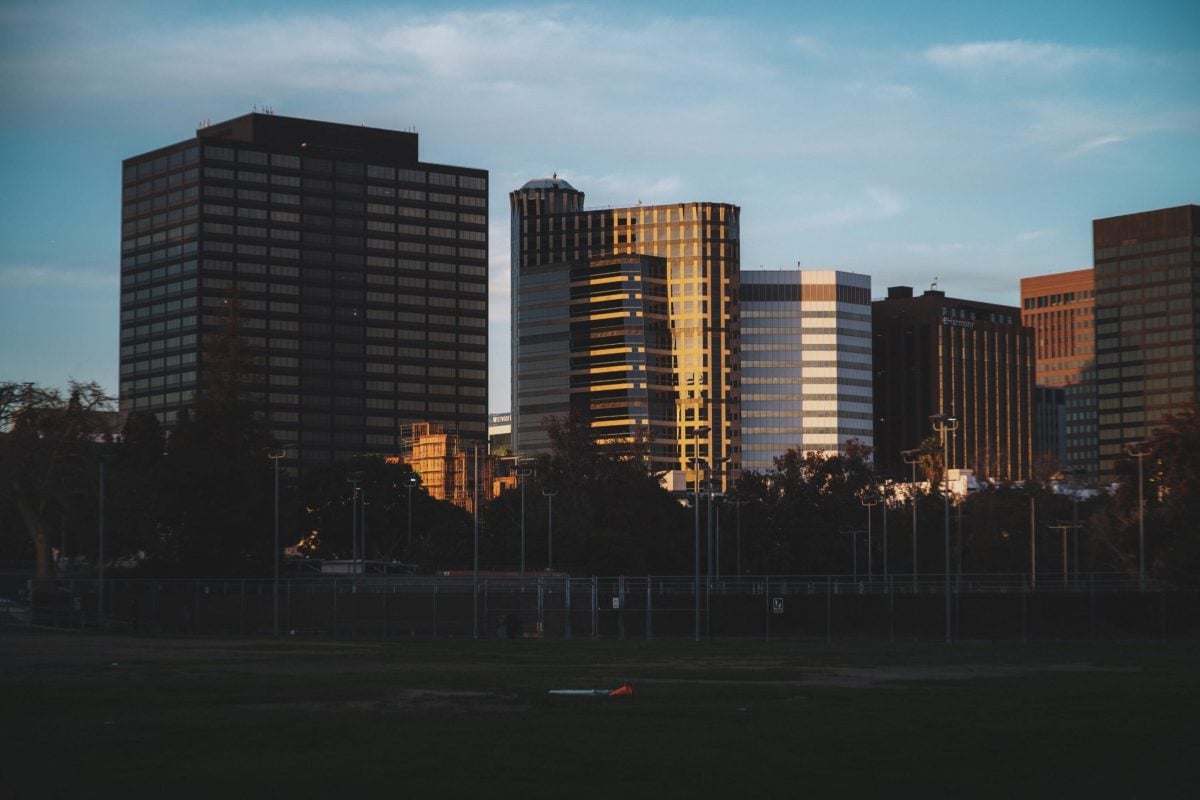
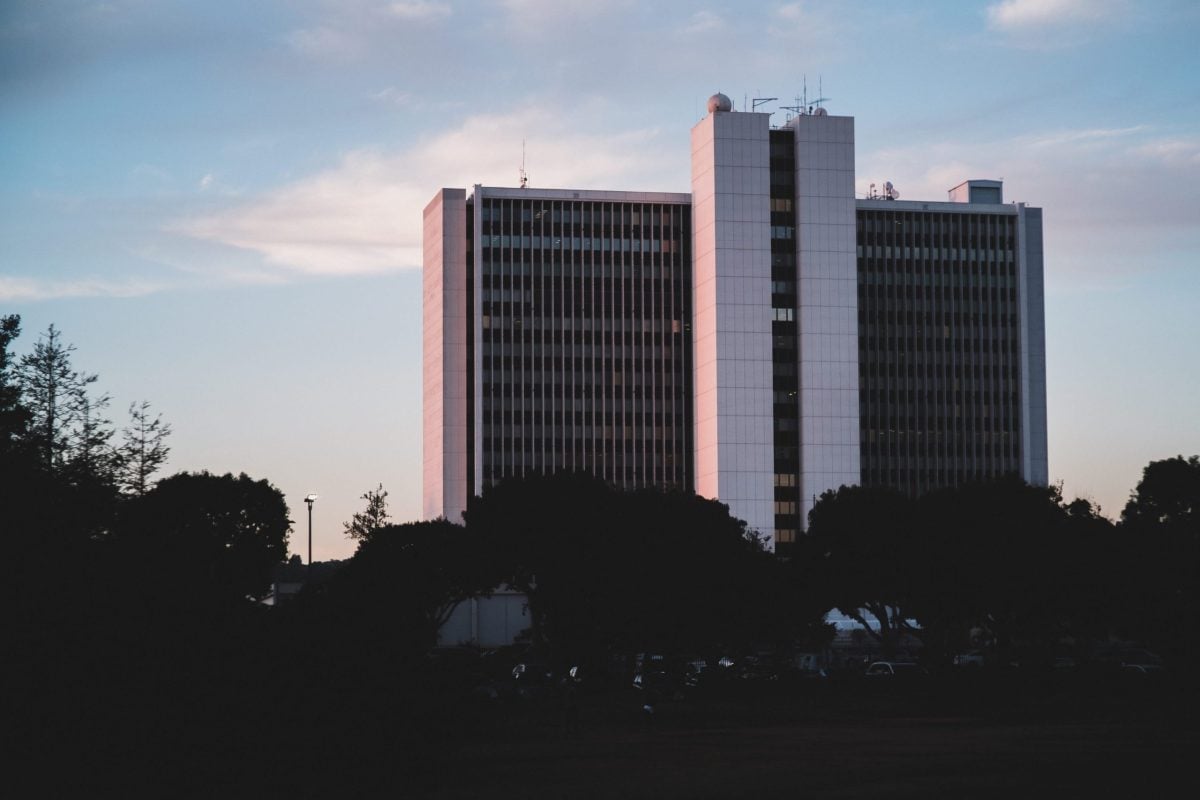
Micro Contrast
Micro contrast is decent with this lens, better than any Sigma.
Micro contrast, also known as perceived sharpness, gives the image that pop. Micro-contrast will give the image a lot of clarity and detail, even though you don’t necessarily nail the focus. Images will look sharp and defined while not necessarily being sharp. This is important for black-and-white photography and is a nice characteristic on an f1.1 lens, where you’ll often see slightly softer details when shooting wide open.

Good micro-contrast usually goes hand in hand with a lens having good contrast overall, and the KamLan 50mm f1.1 can produce nice contrast if you keep it out of direct bright light or away from a lot of scattered light.

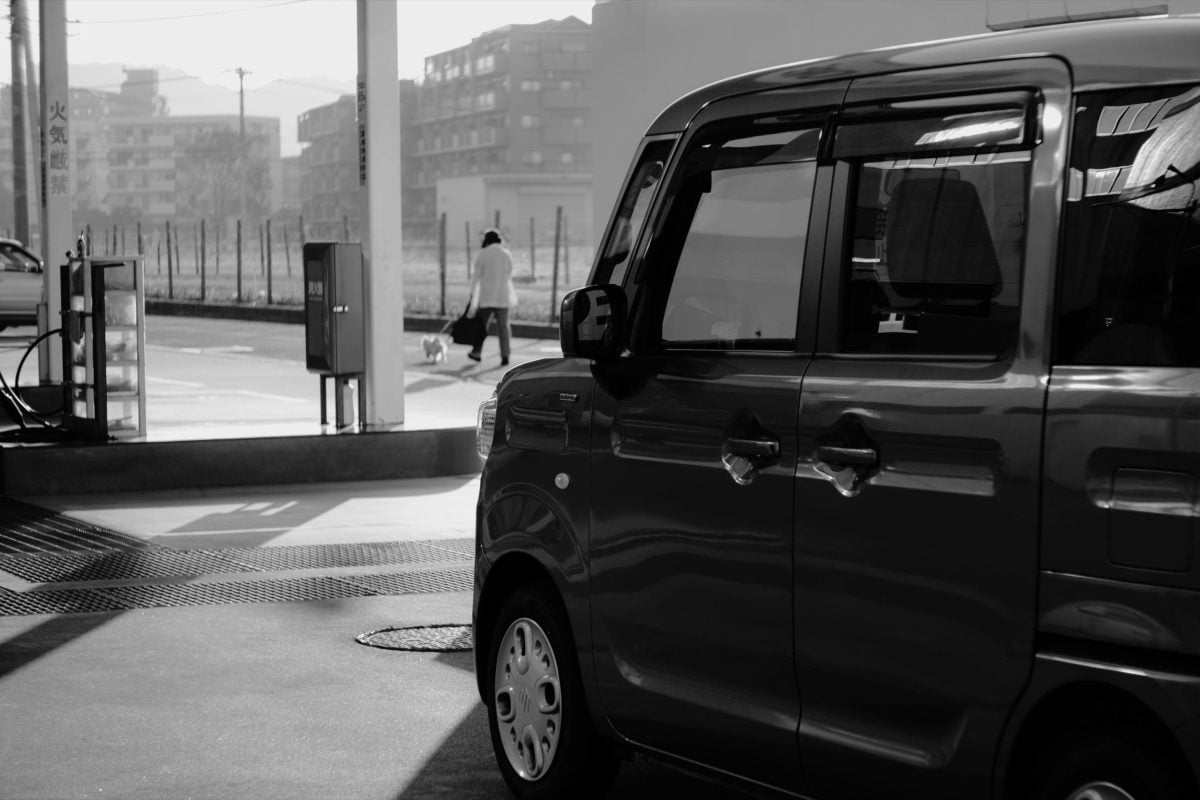




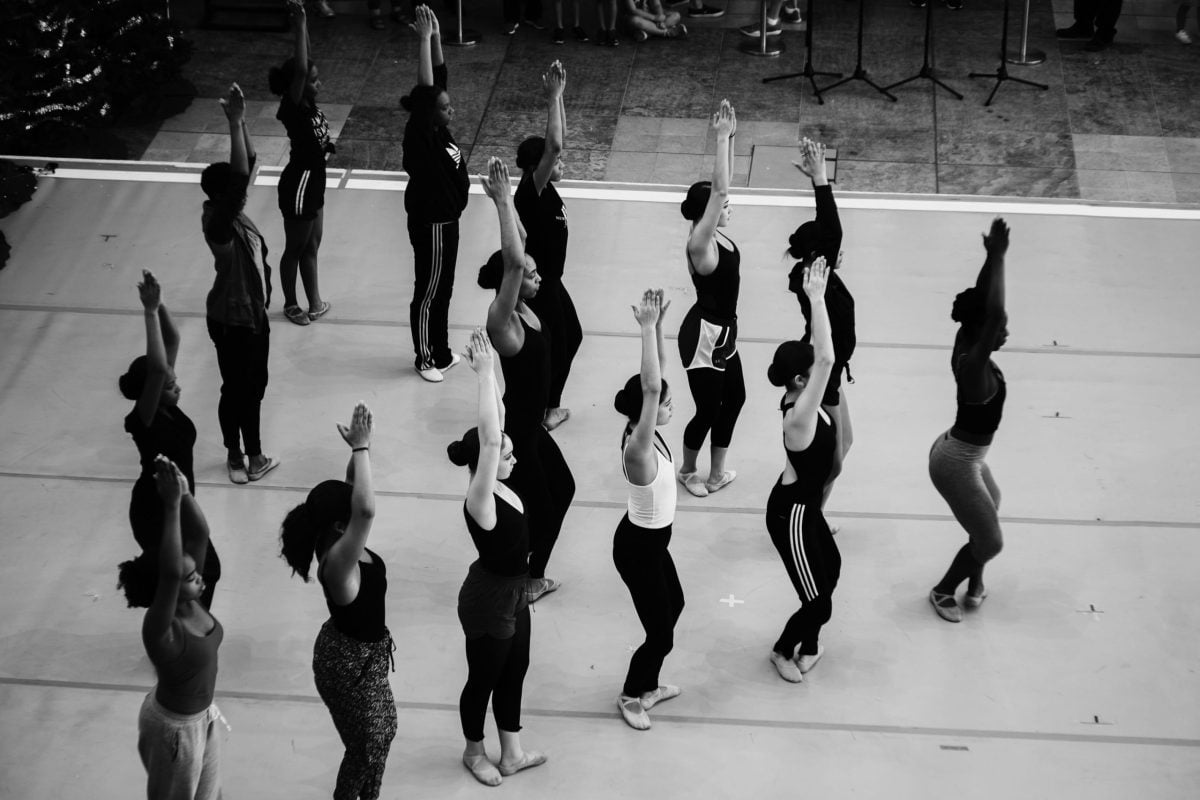

Vignetting
Vignetting isn’t terrible, but it’s not great either. It starts at f1.1 and only slightly improves as you close the aperture. There is also a slight color shift along the edges and corners, but you’ll only notice it when shooting solid colors.
You can see it gets slightly more purple/pink in the center and slightly blue along the edges. This is probably where that pink shift comes from in the skin tones.
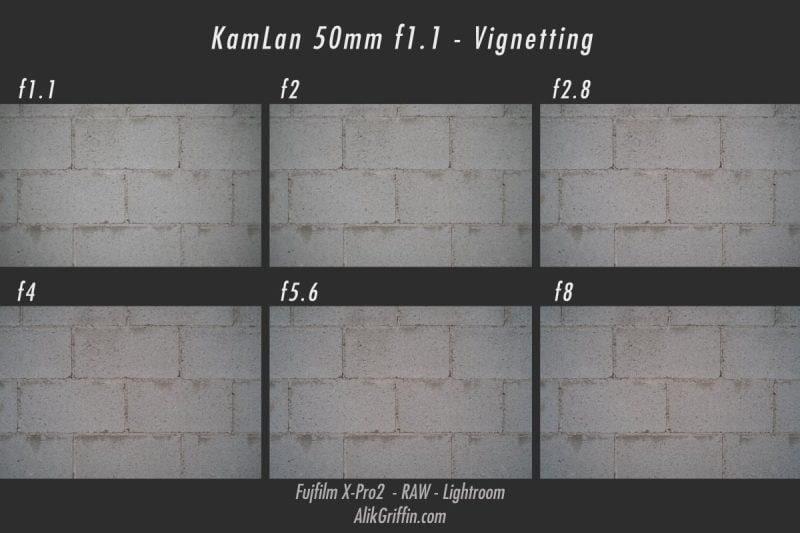

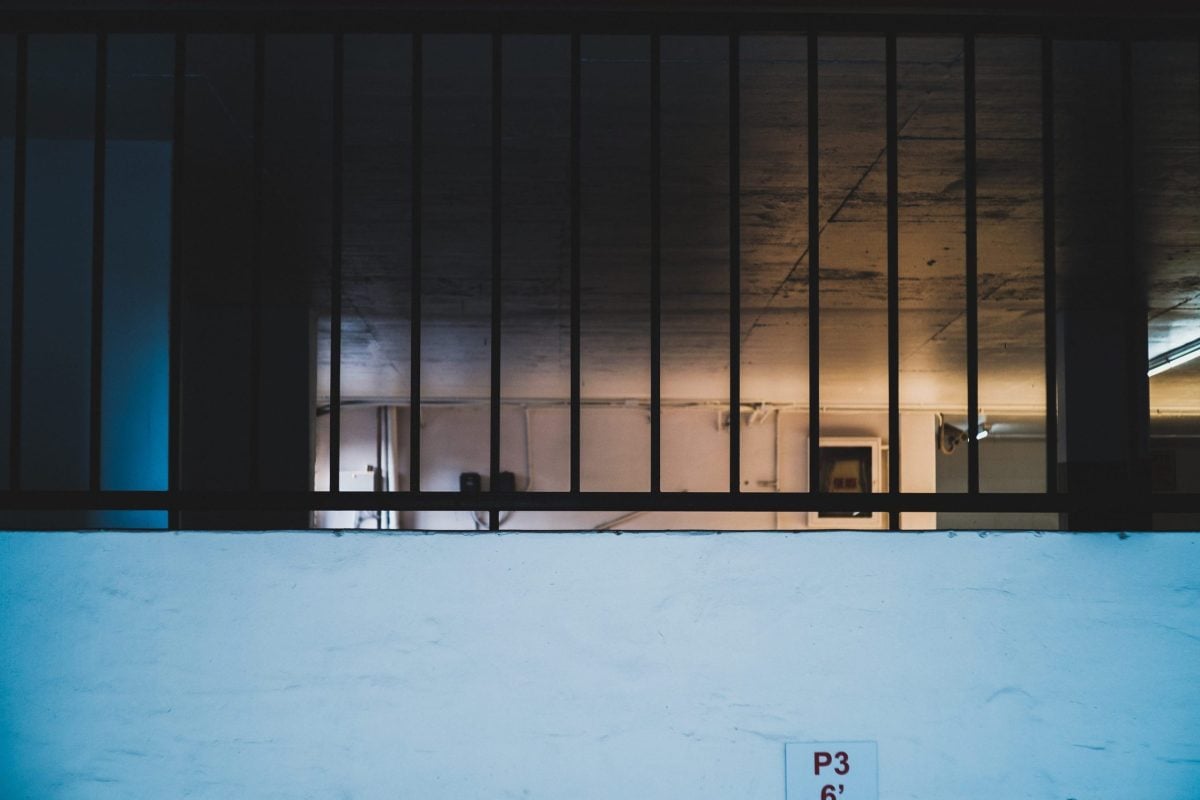
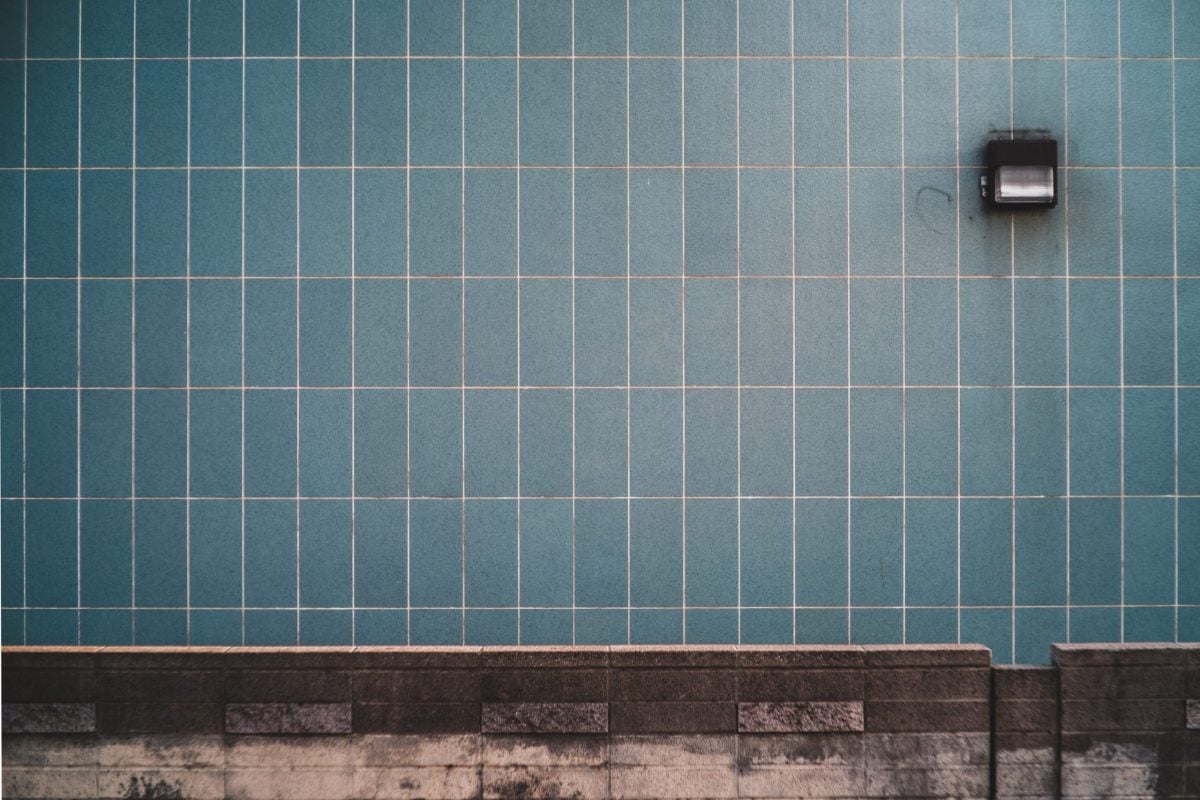
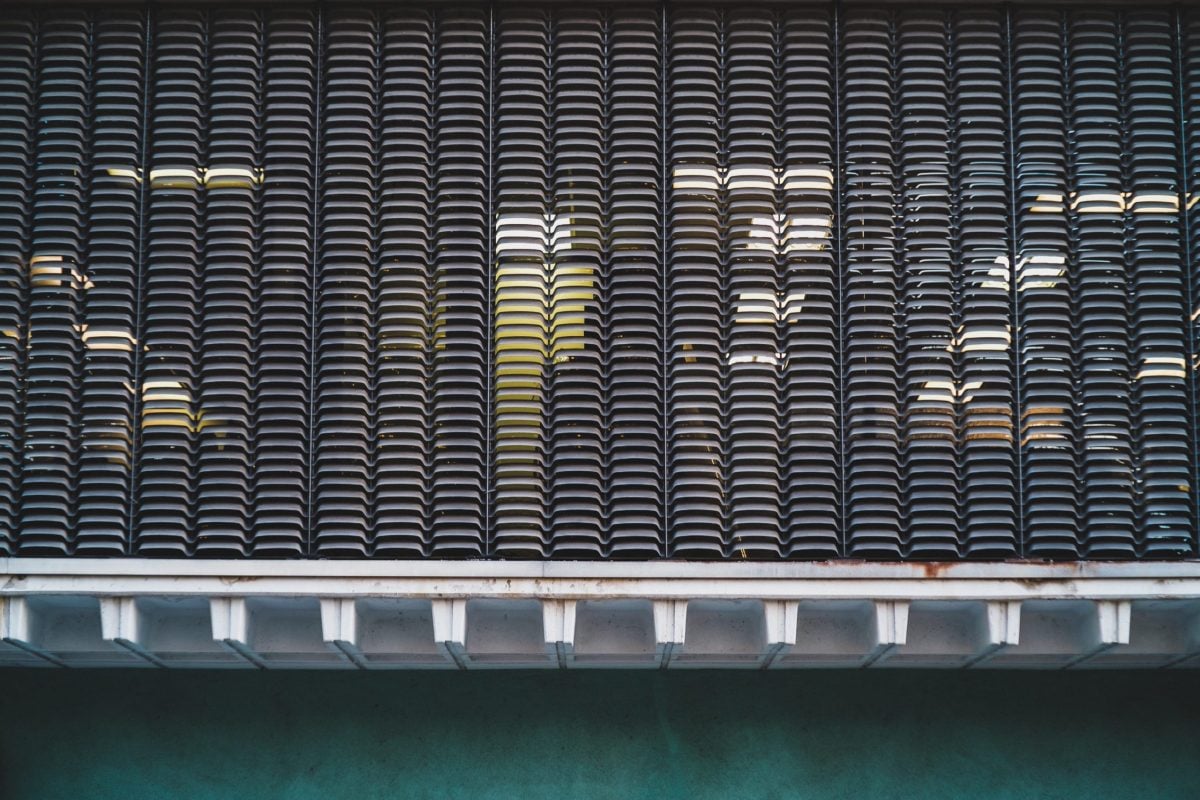
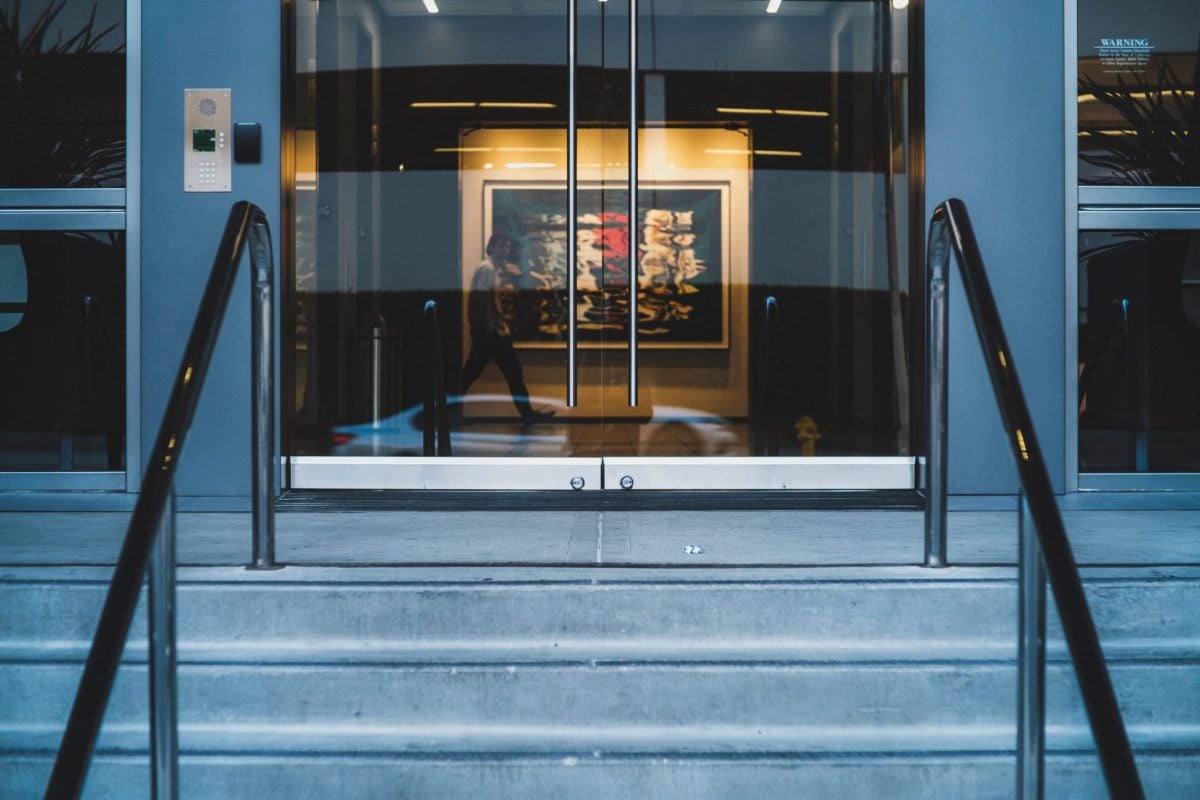

Chromatic Aberrations
Chromatic Aberrations are not very well controlled on this lens. I mostly see green CA along areas of high contrast and purple in the corners. Having a high CA is usually a trade-off for having a low element count lens. You get chromatic aberrations, but you get phenomenal micro-contrast. This is why I say this is a great B&W lens because you won’t notice the CA as much.


Kamlan 50mm f1.1 Bokeh Samples

Bokeh is pretty rich but gets a little busy toward the edges. There is also a very subtle swirl to it with some cat-eye effect towards the edges and corners.

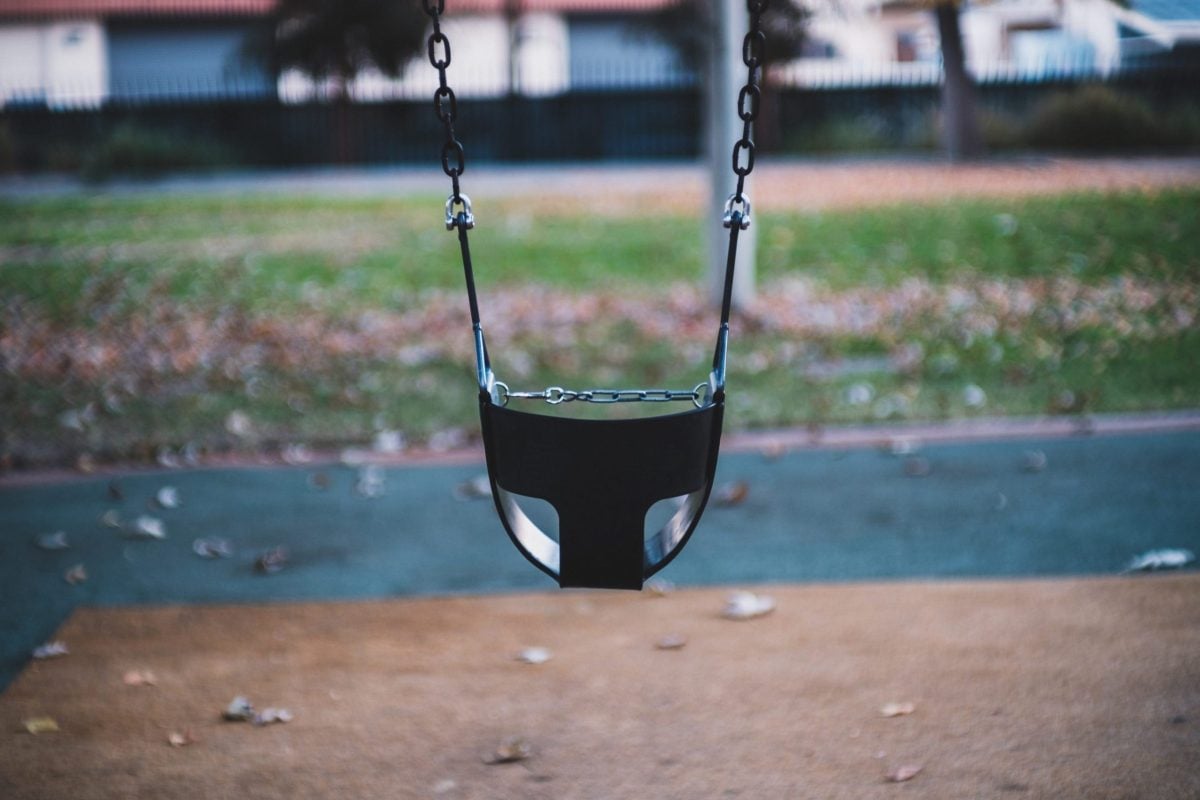

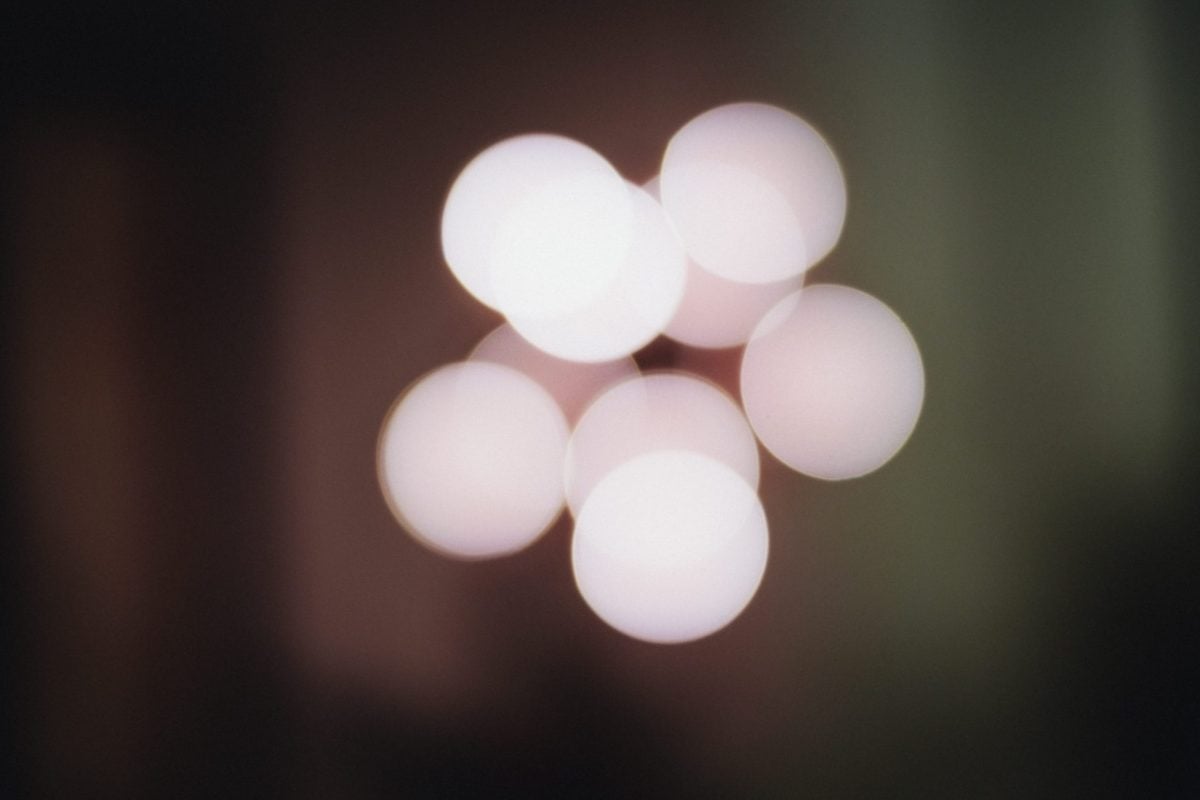
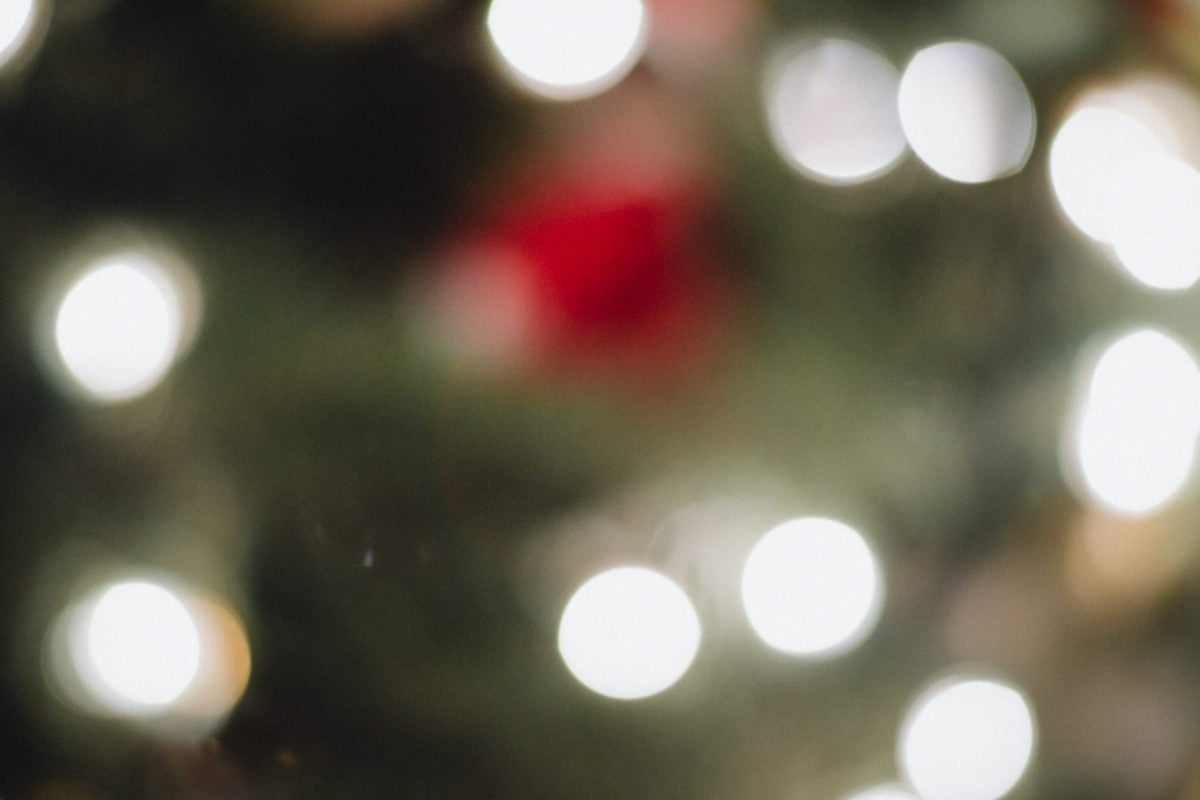
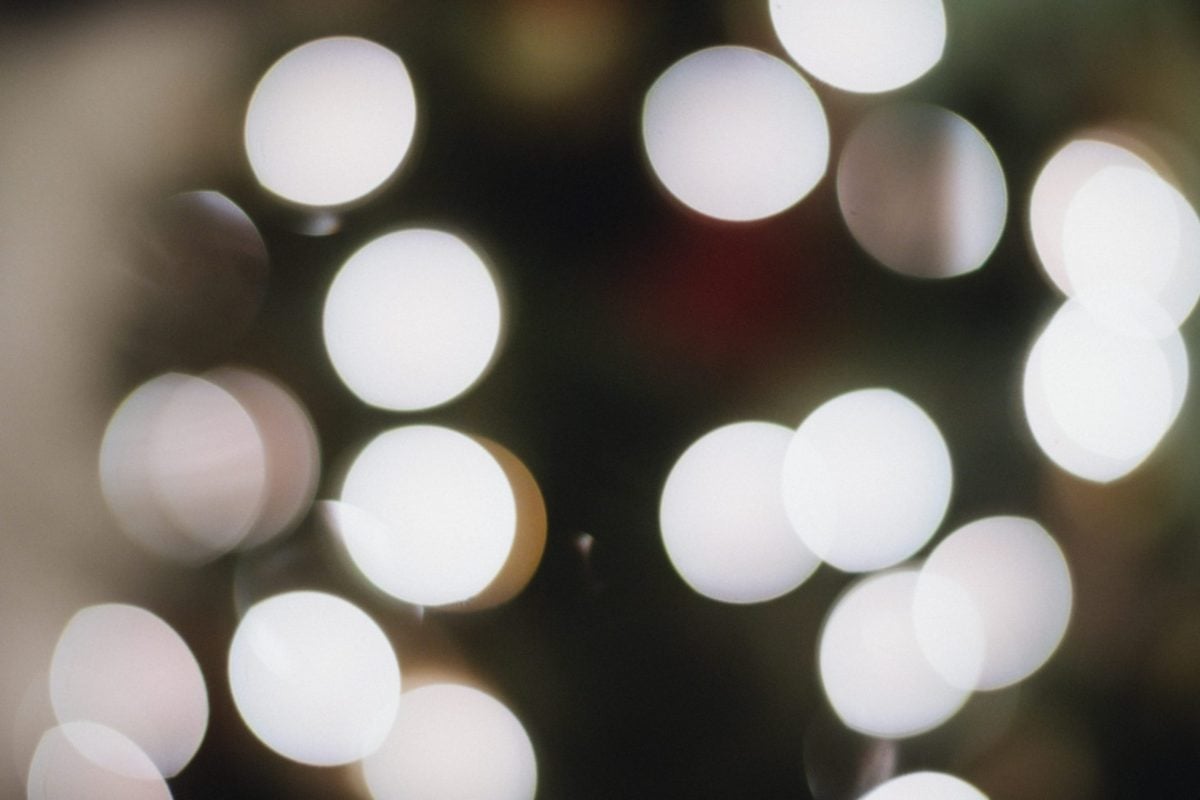




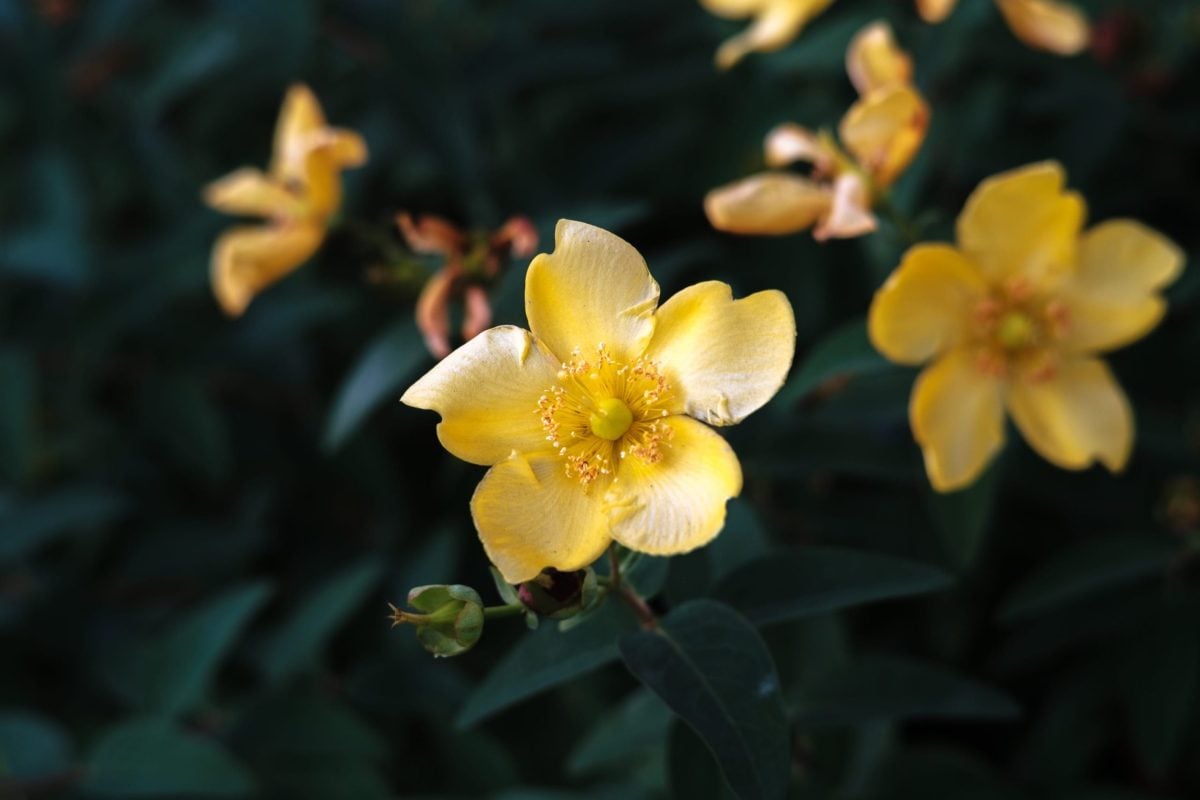

Sansonic KamLan 50mm f1.1 Review | Bottom Line
The Kamlan 50mm is a very fun lens with decent contrast, beautiful bokeh, and very nice color saturation. The lens is a little challenging to manually focus at f1.1, but you do get used to it. I typically stop down to about f2 or f2.8 when shooting street photography because the focus will be too difficult on moving objects. On still subjects at f1.1, it really isn’t that hard to focus, and it creates some very beautiful background separation and bokeh. To get the best image quality when shooting f1.1, stay at least 4-5 feet away from your subject to get past any of the spherical aberrations that come from focusing wide open while close up. This is usually the case for any fast lens.

It can work for black-and-white photography and street photography, but ultimately, there are better lenses for a similar price, and I would really reserve this lens for when that super creamy bokeh with an extremely shallow depth of field is needed.
Chromatic aberrations are pretty severe, so it’s not an ideal lens for a landscape photographer or wedding photographer who wants a perfect image from corner to corner.

The Kamlan 50mm is fairly soft and smeary along the edges and corners. While stopping down to about f5.6 fixes a lot of this, the corners remain pretty smeary.
Despite the negative characteristics of the lenses, I still have fun.
Its build quality is also nice for the price and it feels good in the hand. The high contrast and color saturation make up for most of the flaws, and it’s a very fun casual lens.
I’ve seen reviewers complain that this lens doesn’t get much brighter when opening up from f2 to f1.1, which should give over a full stop of exposure. From what I understand, once you get in the aperture range of around f1.2, lenses begin to have a diminishing return on how much brighter the exposure gets. With a cheap lens like this, you’ll likely experience more aberrations and refractions, reducing the light transmittance as you open up.
Now, 7Artisans recently released a 55mm f1.4 that I’m reviewing. It might be an all-around more practical lens if you don’t mind something a little slower. F1.1 vs. f1.4 really isn’t that different. Click the little bell at the bottom right, and I’ll send out notifications when that review is ready.
KamLan 50mm F1.1 Sample Photos



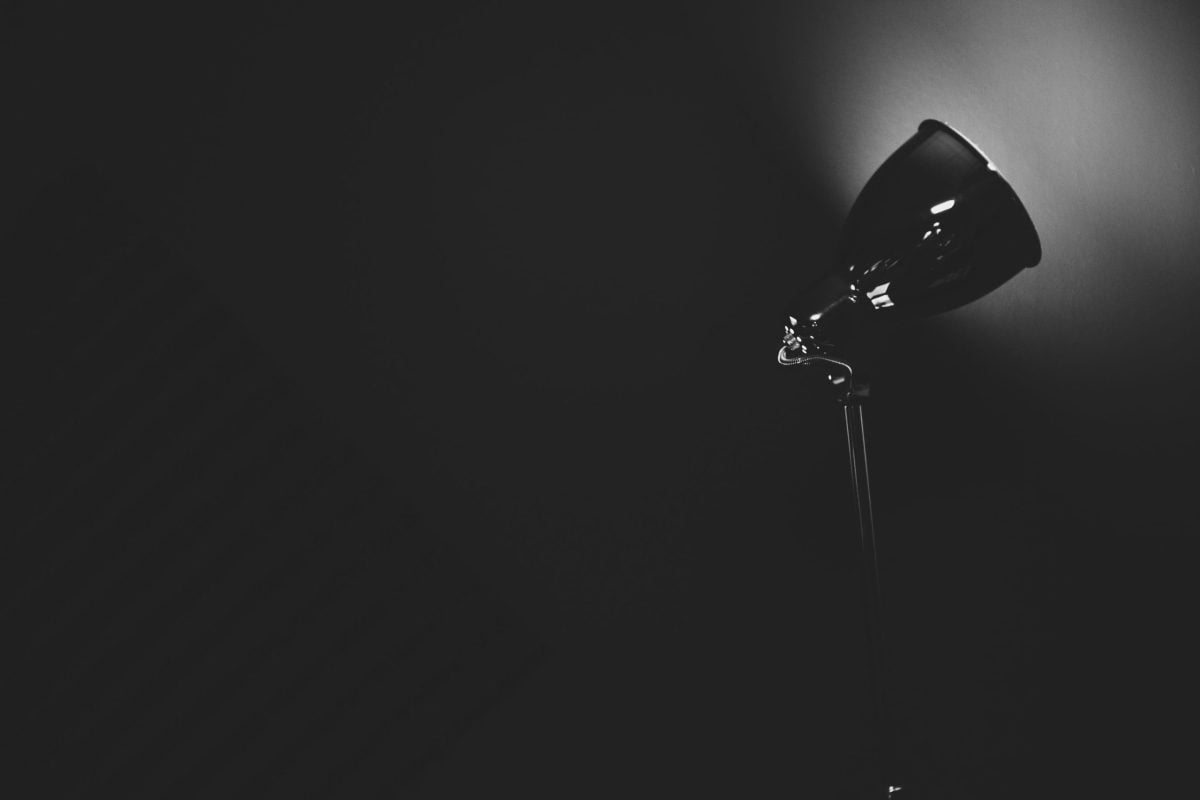



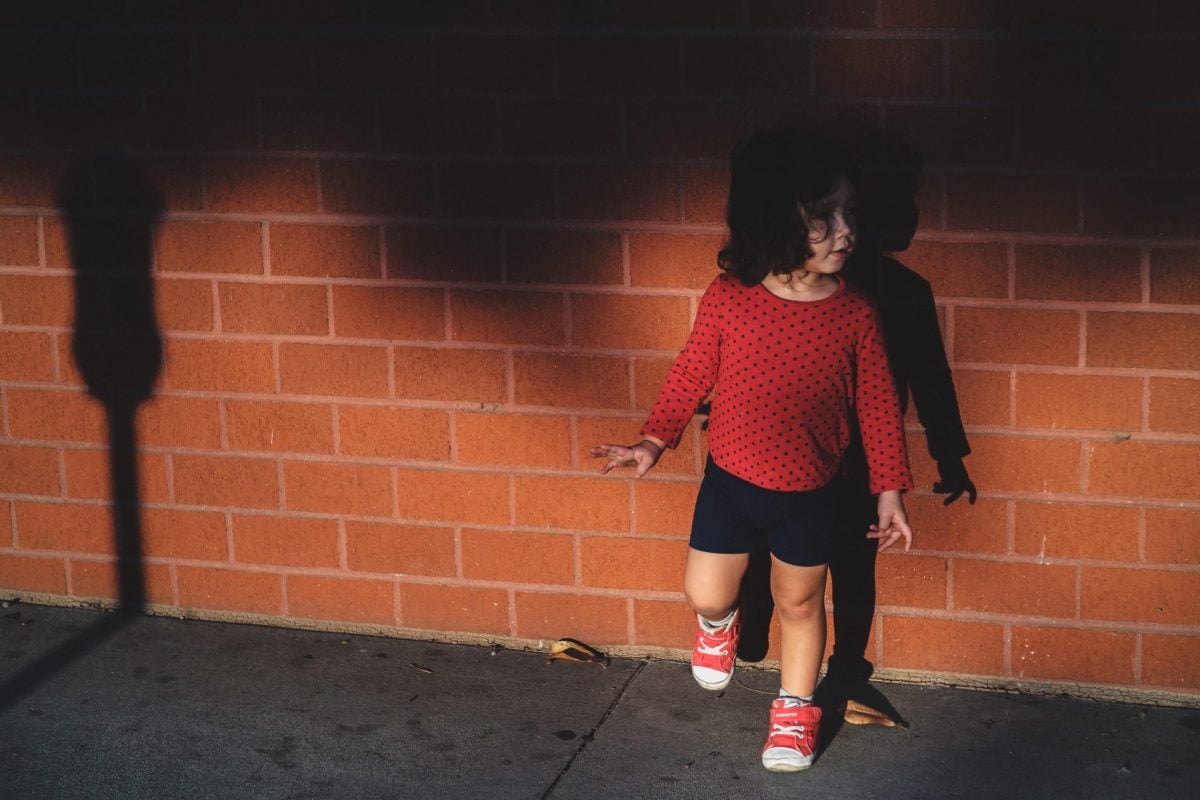




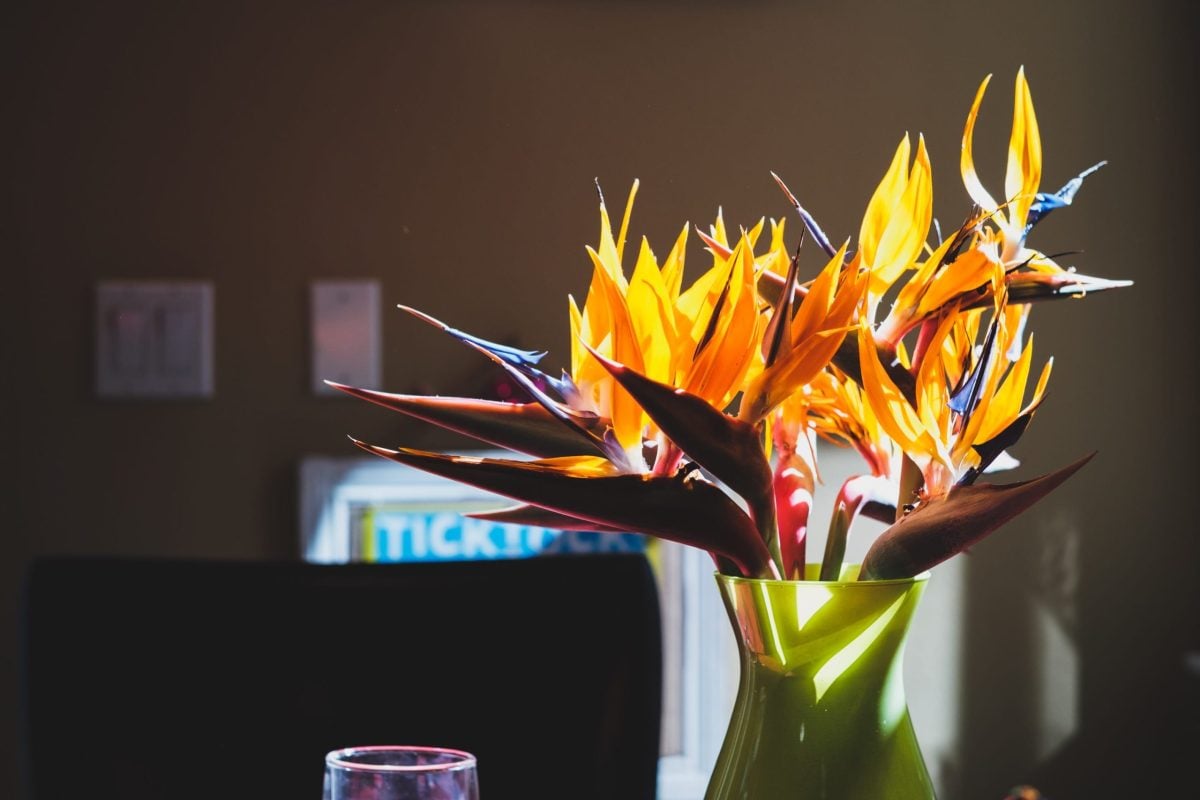


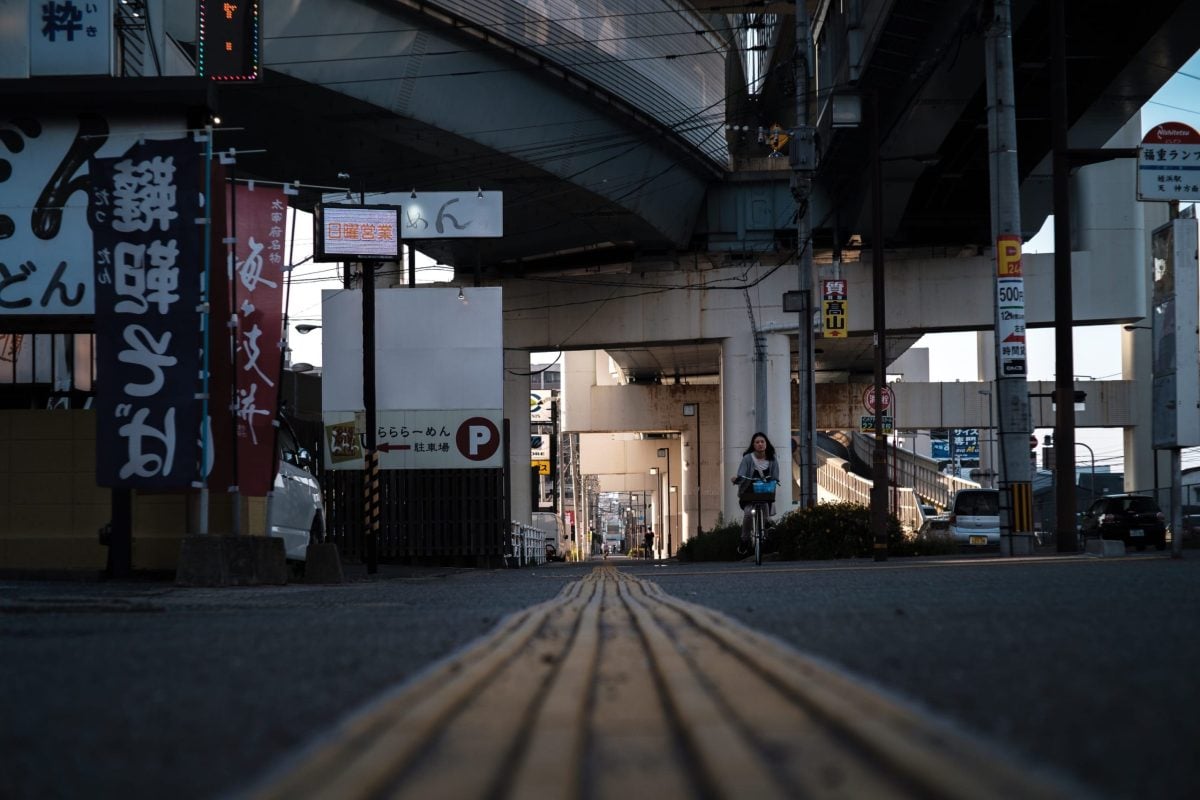
| **This website contains affiliate links. We will earn a small commission on purchases made through these links. Some of the links used in these articles will direct you to Amazon. As an Amazon Associate, I earn from qualifying purchases. |

